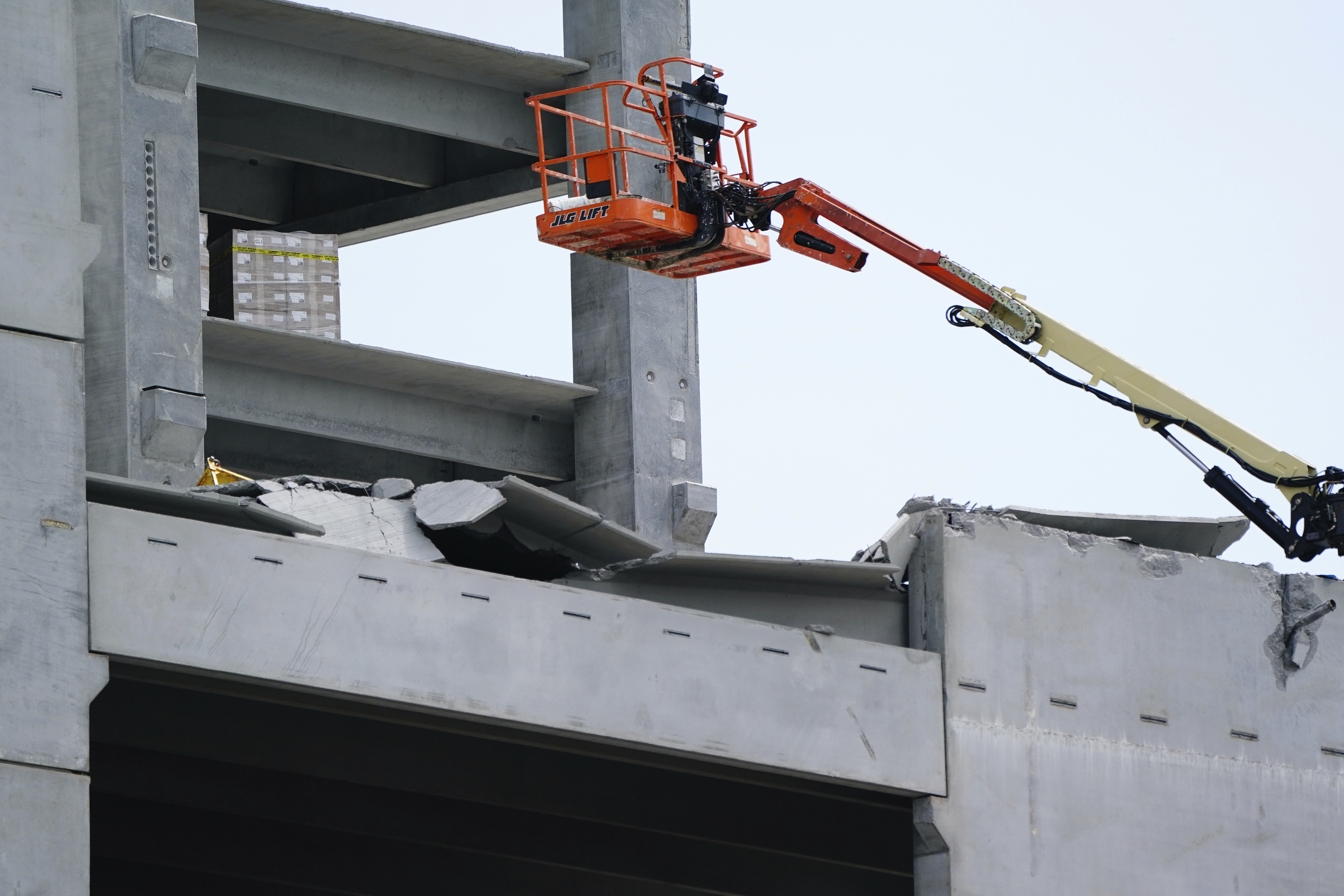Is there room at the inn? Odds are, yes, there is room…too much room. That means there’s less need for more rooms—and what’s bad for the hotel business is equally bad for the construction industry.

The statistics tell a grim story. U.S. hotel occupancy rates have been dropping since 2007, and by the fourth quarter of 2009 they had hit 50.6%, according to travel-industry research firm STR. That has pushed down room rates in those rooms that hotels are able to fill, and that in turn means much lower average revenue per available room, one of the industry’s most important measurements. In Chicago, for example, revenue per available room was down by more than 15% at the end of 2009, one of the nation’s worst showings.
With less money and less demand for rooms, it’s hardly surprising that hotel building is down drastically. STR found the U.S. hotel development pipeline in a freefall last year—with the number of rooms in development down 34.6% at the end of 2009 compared to a year earlier. The hot spots that do exist don’t tend to be in the Midwest. In the Chicago area, for example, some 1,200 rooms are under construction or in the planning phases, but that’s just one-tenth of the activity in New York.
McGraw-Hill Construction statistics tell the story in dollars: $2.1 billion in Midwest hotel starts in 2007, $1.3 billion in 2008, $438 million in 2009 and just $392 million projected for 2010—with a three-year decline of 81%, there’s no construction sector in worse shape. Year-over-year tallies for the major markets near the end of 2009 were down 92% in Chicago, 85% in Indianapolis, 89% in Milwaukee, and 66% in St. Louis.
Still, amid the gloom sit pockets of positive news, even if they’re rather hard to find. Among the biggest projects currently under way in the Midwest are upscale, JW Marriott hotels in Chicago and Indianapolis—one a brand-new tower and one a renovation of a historic, architecturally significant building.
The Marriott Place complex in downtown Indianapolis is quickly taking shape, with portions nearly ready for guests. The $450-million project features four hotels on the same site, including a JW Marriott skyscraper and three smaller Marriott-branded hotels—Courtyard by Marriott, Fairfield Inn & Suites and SpringHill Suites. The 34-story JW Marriott will be Indiana’s biggest and tallest hotel when it opens its 1,005 rooms. The project’s other hotels add 621 rooms to the total, some in a new building and some in a renovated hotel.
Under the watch of construction manager Hunt Construction Group, the new high-rise JW Marriott hotel topped out just after Thanksgiving. It is now enclosed in cobalt blue glass and is well on its way to a projected February 2011 opening. The smaller hotels on the site are already nearing completion by Shiel Sexton Co. Inc. and F.A. Wilhelm Construction Co. They will be open in time to help accommodate throngs of collegiate basketball fans attending this spring’s NCAA Final Four national tournament in Indianapolis.
While the bulk of the Indianapolis project is new construction, the $394-million JW Marriott project in Chicago is transforming a 21-story bank building that was designed about a century ago by the architectural firm of the renowned Daniel H. Burnham and is situated in the city’s Central Business District. When it opens later this year, the hotel will feature 610 guest rooms, two large ballrooms, more than 44,000 sq ft of meeting space and a five-star restaurant. The building, being redeveloped by The Prime Group Inc., also contains some 337,000 sq ft of newly renovated office space.
Not far away, The Prime Group also has a hotel project in the planning stages. It’s another historic renovation. This one is to be a boutique hotel called The Edition, with guest rooms on lower floors and suites higher up in the...

